Overview Statement
Environmental education seeks to create a citizenry with the knowledge, experiences, and critical thinking skills needed to make informed environmentally-based decisions and the motivation to act upon those decisions. An informed citizen can better evaluate the implications of their actions, and the actions of others, on the environment. A motivated citizen is willing to change their actions and to encourage others to change their behaviors. Widespread behavioral change is critical for Kentucky, the nation, and the world to realize the aforementioned improvements. Technological advances, alone, are not enough.
Through my extension program, I can assist schools and teachers by providing one-on-one assistance in the design, construction, maintenance, and use of outdoor classrooms. I recognize that our teachers are extremely busy and oftentimes need assistance in developing outdoor classrooms, particularly if these classrooms have multiple components such as rain gardens and rainwater harvesting systems. Another challenge that teachers face is how to use outdoor classrooms to deliver their lessons. As a Kentucky Association for Environmental Education approved facilitator in Projects Learning Tree, WET, Wild, Underground, and Leopold, I help with these linkages.
Download the STEM/Environment Education Logic Model
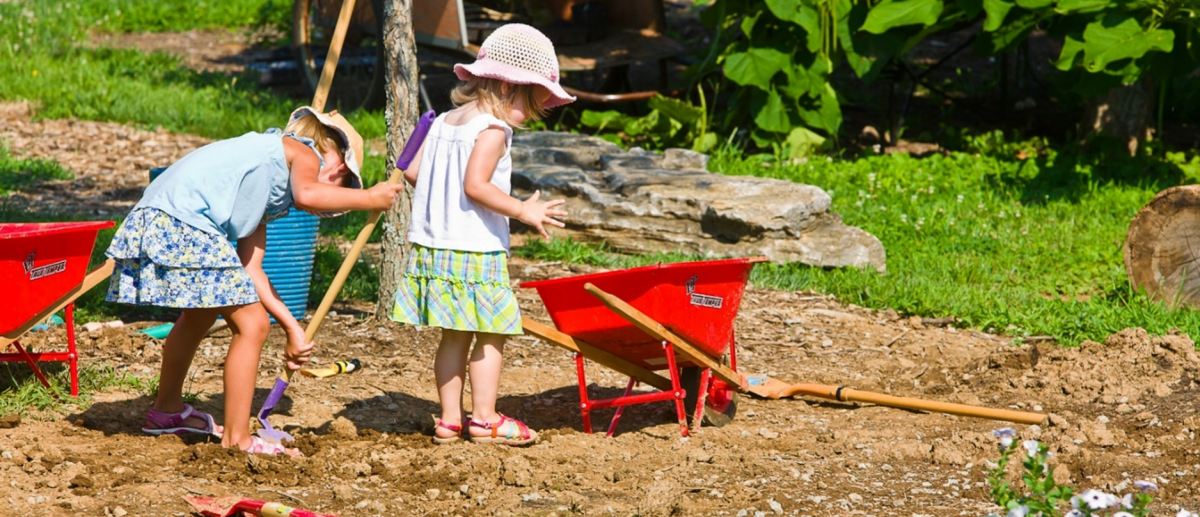
Outdoor Classrooms
Taking the Indoors Out: Creating Outdoor Learning Environments
Outdoor classrooms are spaces where students can learn about the natural or human-created world while in an outdoor or natural setting. An outdoor classroom can be as simple as a stream, woods, or patch of soil, but often involves a space with a carefully planned layout, much like that of an indoor classroom. Outdoor classrooms encourage exploration and allow instructors to engage learners in interdisciplinary, hands-on lessons.
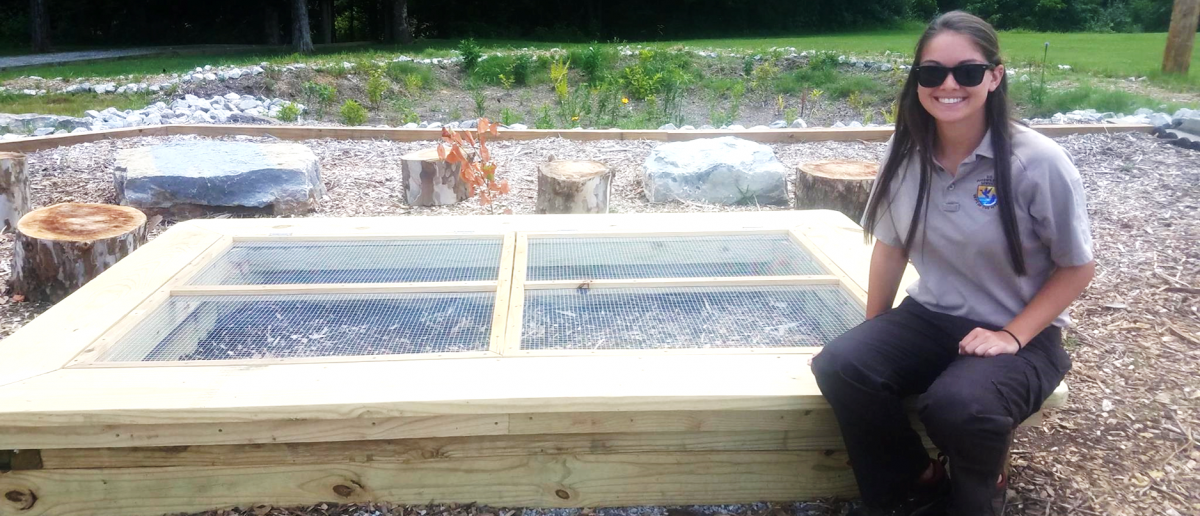
Wolf Creek National Fish Hatchery Rain Garden
Wolf Run National Fish Hatchery, in Jamestown, KY, provides a variety of education programs. To complement the programs, staff desired a rain garden near the Visitor/Environmental Education Center. The semi-circular rain garden captures runoff from the raceways, parking lot, and roads. The rain garden contains an elevated learning area and a walking path. Volunteers planted the rain garden with native plants suitable for pollinators such as butterflies and bees. Native grasses were seeded along the outside of the rain garden. Staff at Wolf Run recently added an outdoor turtle exhibit with plans for a raised bed garden.
Collaborators include the U.S. Army Corps of Engineers and the Wolf Run National Fish Hatchery.
Checkout the Wolf Run Rain Garden Pictures
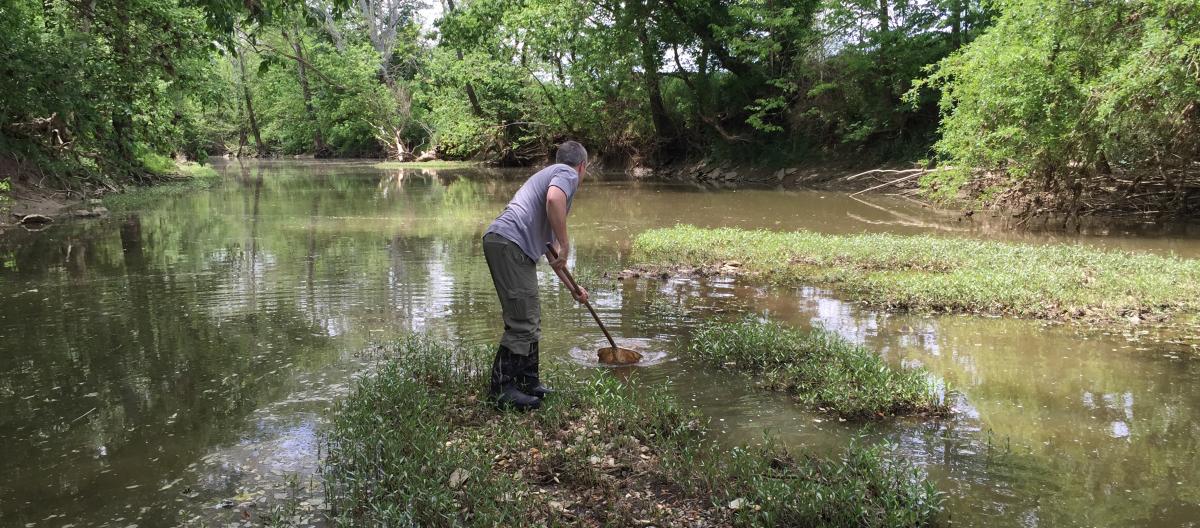
Watershed Academies
Watershed Academies are three-day workshops designed to help communities learn about factors that affect the health of their local streams and watersheds. Workshops are hands on with field activities and tours of nearby restored sites. Through these workshops, participants learn how to identify funding opportunities and partnerships to assist them in their efforts to improve their watersheds.
Collaborators include Dr. Amanda Gumbert (University of Kentucky, Plant and Soil Sciences) and Dr. Christopher Barton (University of Kentucky, Forestry and Appalachian Center).
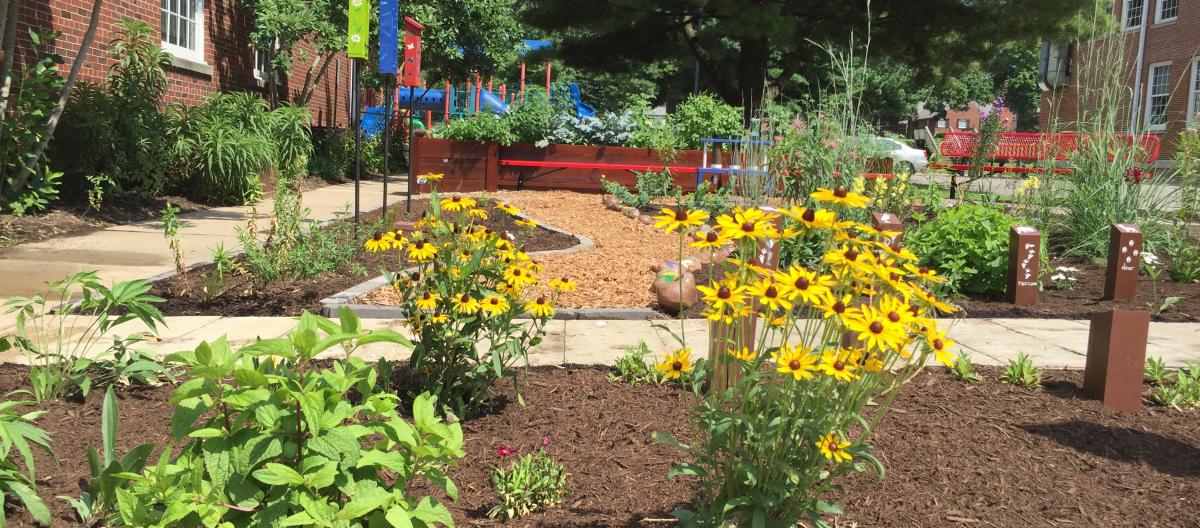
Cassidy Elementary Science Garden
Cassidy Elementary constructed a multifaceted outdoor classroom (e.g. butterfly garden, rain garden, benches, composting, vermicomposting, and demonstration rainwater harvesting) for engaging learners in Common Core curriculum. The science garden was constructed in cooperation with the Biosystems and Agricultural Engineering department at the University of Kentucky under the supervision of Dr. Carmen Agouridis, P.E. The accessibility of the outdoor classroom meets the needs of every student. The area includes handicap-accessible raised bed gardens, butterfly habitats, rain garden, sensory, herb and literature gardens, and a Kentucky native species area. It includes a seating area, rain barrel, compost pile, vermiculture, and insect exploratory region.
Collaborators include Tyler Sanderson (University of Kentucky, Biosystems and Agricultural Engineering) and Kristi Fehr (Cassidy Elementary School).
View the science garden pictures
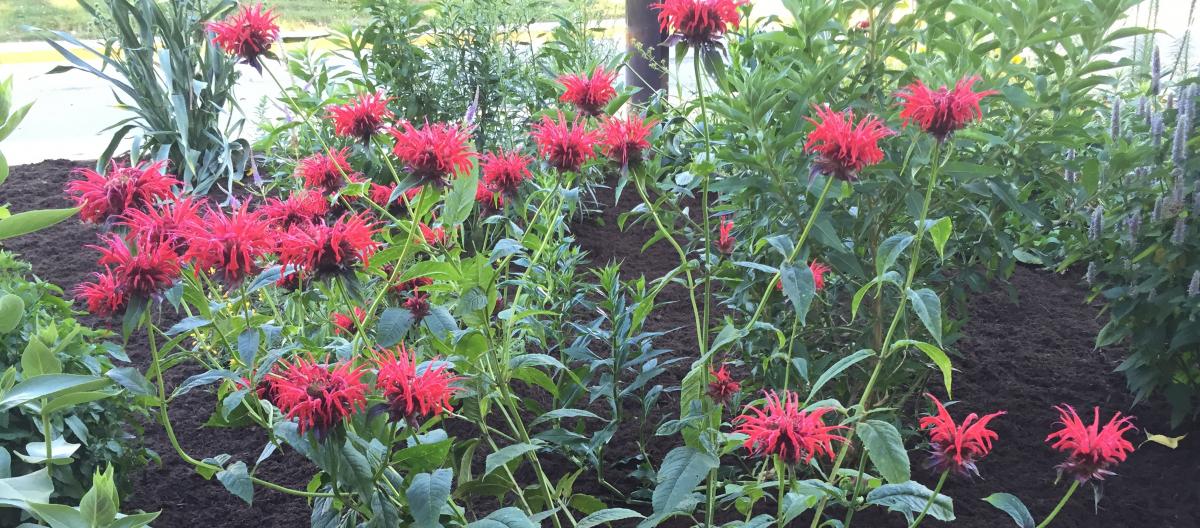
Butterfly Gardens
A butterfly garden is a flowering garden designed to attract butterflies. Such gardens contain nectar plants, which provide food for the butterflies, and host plants on which the butterflies lay their eggs. Butterfly gardens require approximately six hours of sun per day. Not only are butterflies beautiful, but they are pollinators. The United States Department of Agriculture’s Natural Resources Conservation Service (USDA-NRCS) states that pollinators such as butterflies, bees, and bats are responsible for supporting about 35% of the world’s food crops.
Collaborators include Tyler Sanderson (University of Kentucky, Biosystems and Agricultural Engineering), Coleman Stivers (University of Kentucky, Biosystems and Agricultural Engineering), and Adam Garner ((University of Kentucky, Biosystems and Agricultural Engineering).
View UK Butterfly Garden Pictures
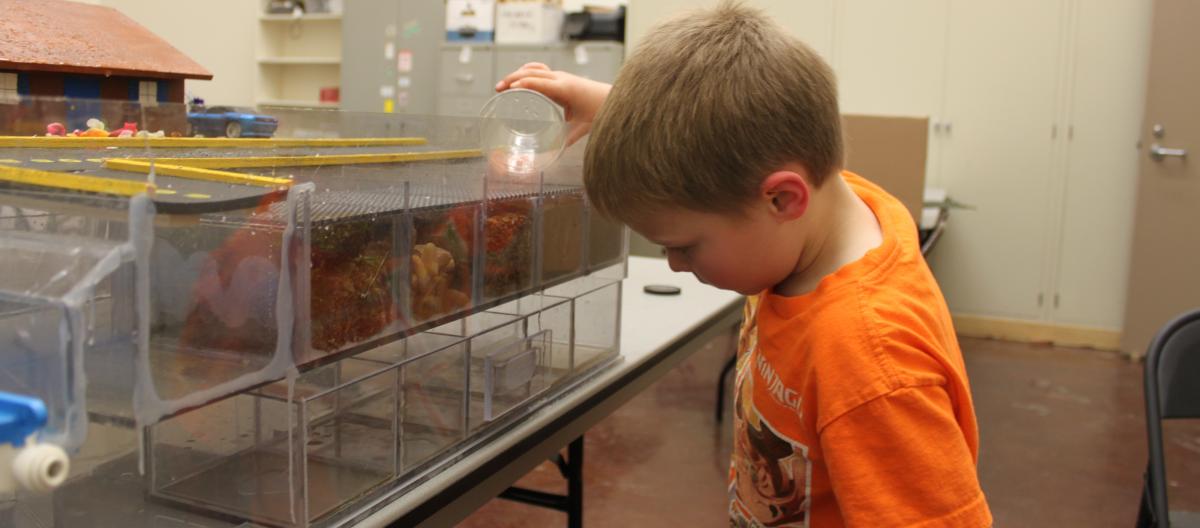
Stormwater Detectives
Do you live in a watershed?” “Does water from toilets go down the same pipes as water from streets?” “Does your behavior impact water quality?” If you live in Lexington, Kentucky, chances are the answer to these questions is “I don’t know” or “No.” As noted by the consultants commissioned by the Lexington-Fayette Urban County Government (LFUCG), “the lack of education [on stormwater issues] is obvious across the board.” This lack of education is a challenge at a time when LFUCG is in the midst of implementing remedial measures as part of a USEPA consent decree.
Kentucky served as one of the lead states in the development of the Next Generation Science Standards (NGSS). The NGSS serves as an update to the previously used state science standards; now engineering design is included. However, K-12 teachers often lack curriculum to teach engineering design. Both needs – the need for stormwater education and the need for K-12 engineering design based curriculum – created an ideal situation for a pairing. To fulfill this need, an interactive lot-scale stormwater model and five lesson plans were developed to teach primarily 3rd-5th graders about stormwater issues and how to define, design, and test possible stormwater management solutions. The effectiveness of the lesson plans and interactive model was tested on students in the Cassidy Colts afterschool program (IRB no. 14-0195-X4B). Evaluation was done through pre- and post-surveys as well as classroom observations by two educators. Results showed that lesson plans and the interactive model were successful in teaching stormwater issues and engineering design while stimulating curiosity and enthusiasm.
Collaborators included Rachel Williams (University of Kentucky, Biosystems and Agricultural Engineering), Justin McCane (University of Kentucky, Biosystems and Agricultural Engineering), Elton Cheng (University of Kentucky, Biosystems and Agricultural Engineering), (Evan Wesley (University of Kentucky, Biosystems and Agricultural Engineering), Rebecca Epps (University of Kentucky, Agricultural Education), Kelly Taylor (University of Kentucky, Tracy Farmer Institute for Sustainability and the Environment), Will Adams (University of Kentucky, Biosystems and Agricultural Engineering), and Cassidy Colts Camp.